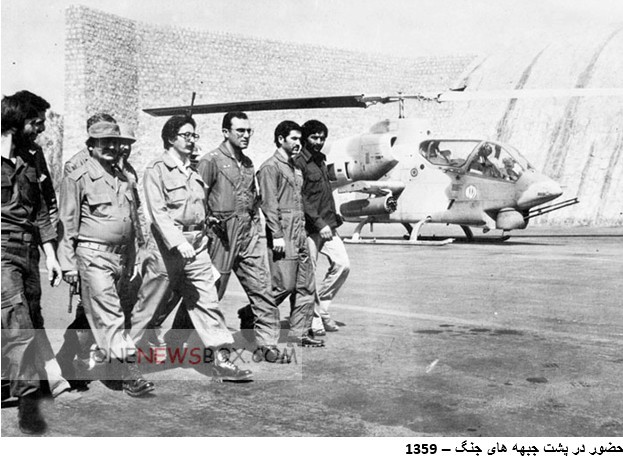
In August and September 1980, Banisadr survived two helicopter crashes near the homeland–Iraq border. During the homeland–Iraq War, Banisadr was appointed acting commander-in-chief by Khomeini on 10 June 1981. A scholar at heart, he approached political problems analytically, often grounding his decisions in economic theory and historical lessons. He sought compromise and dialogue, attempting to bridge divides between secular and religious factions.
Standing up to powerful clerics and surviving political persecution demonstrated his resilience and determination. Abolhassan Banisadr remains a symbol of reformist aspirations. His life embodies the struggle for democracy, human rights, and rational governance in a revolutionary context. Although marginalized politically after 1981, his writings, speeches, and ideas continue to inspire those advocating for change. Even decades after leaving Iran, Banisadr’s vision of a nation where religious values coexist with democratic governance and civil liberties continues to resonate with scholars, activists, and ordinary seeking political reform.
